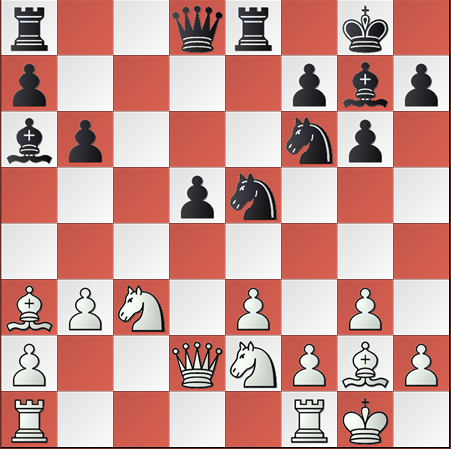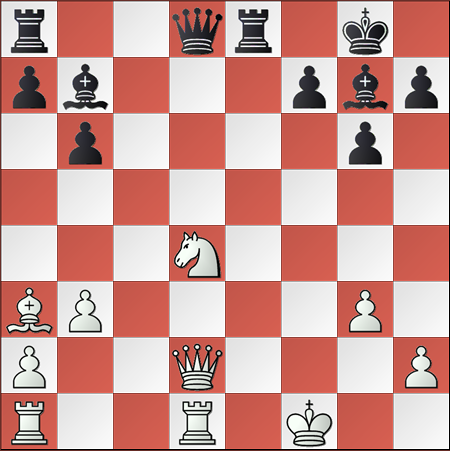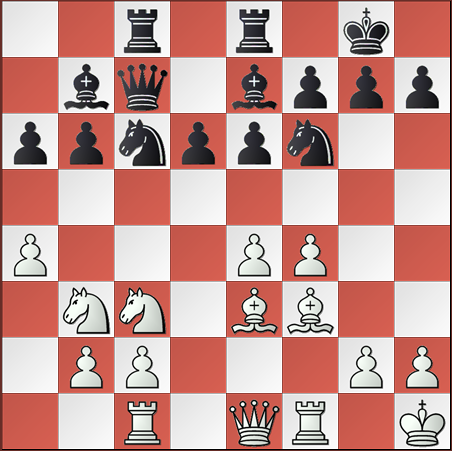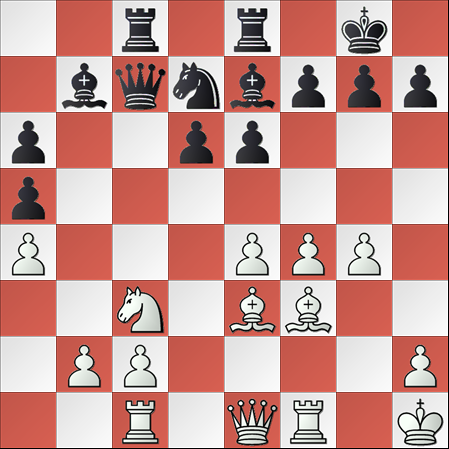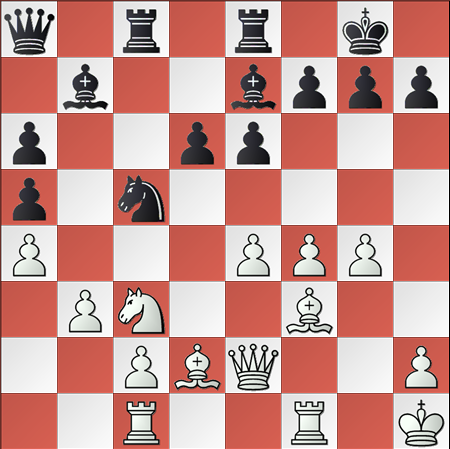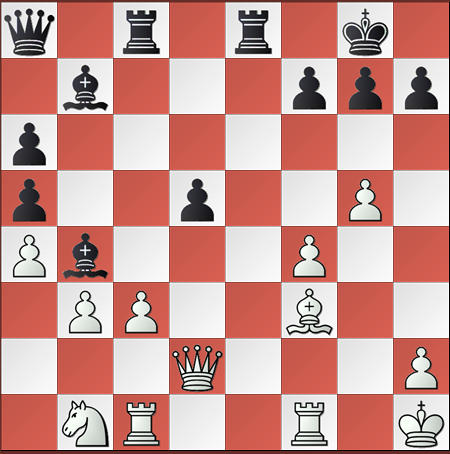In the game of chess, the middle game plays a very important role. It is in this stage that the fate of the game is effectively decided and involves a series of tactics and strategies to attack and counter attack the opponent. A good opening paves for an intriguing contest in the middle game. Many chess players, in their early days of playing chess, ignore the pawns or do not realize the importance of pawns and sacrifice their pawns very cheaply. If one were to improve the skills and graduate himself to higher levels such as International Master or Grand Master in Chess, then he or she should have all-round skills – both positional skills and tactical skills – and should be in a position to evaluate each and every position according to its due merit and capability.
One of the major aspects in an opening is to have a fair control over the center board – any one or all of the four squares in the center – d4, d5, e4 and e5.
It is quite possible that as a result of a kind of opening you might be following, you might end up with an isolated queen pawn while playing black pieces. Isolated Queen Pawn refers to the queen pawn of black located at d5 square with no points in either files to support it. Having such a position might turn out to be very advantageous in some cases and at the same time might also turn out to be a hindrance. But effective tactics can help you reap the benefits of that isolated queen pawn in d5, and also pave way for controlling the all-important d4 square in the board. It is needless to say that one who has effective control over the d4 square can exert more pressure on the white pieces and ensure that with reasonable tactical skills aspire for victory over the opponent.
Let us try to understand the importance of controlling the d4 square with the help of this game played between two grandmasters.
This is the position after 15 moves. It is the turn of white to move now.
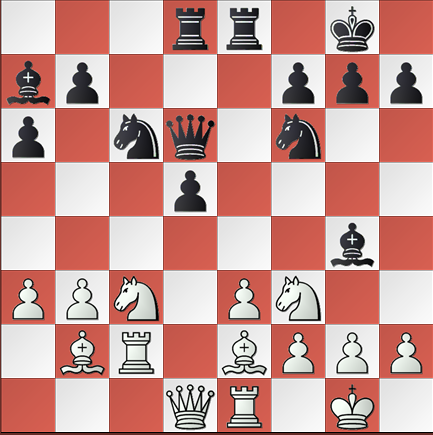
(White to move)
The black pawn at d5 is the Isolated Queen Pawn, as it has no pawns in the “c” file and the “e” file. Black pieces are fairly developed and the key d4 square is in the control of the black. Though white’s knight at f3 and pawn at e3 also attack the d4 square, they are pinned by the black light squared bishop at g4 and the rook at e8 respectively.
Realizing the importance of the d4 square, white tried to win back the control, but his attempts proved futile by the smart play of black.
The game continued as follows :
| 16. | Rd2 | …. | White tried to wrest control over the d4 square. However, some very interesting attacking play by Black nullified the efforts and black takes control over the game as can be seen below |
| 16. | …. | d4 | |
| 17. | Nxd4 | Nxd4 | |
| 18. | exd4 | Bxd4 | |
| 19. | Bxg4 | Rxe1+ | |
| 20. | Qxe1 | Nxg4 |
The position after 20 moves is given below:
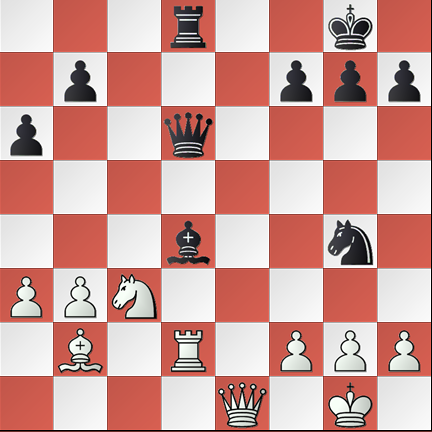
(White to move)
As you can see, black has not only wrested control over the vital d4 square, but its pieces have pierced into White’s territory and are very interesting positioned to go for all out attack.
The game proceeded further as detailed below, but the result was never in doubt and it is black which having effective control over the vital d4 square is likely to emerge victorious barring any foolish mistakes on his part.
| 21. | Ne4 | Qxh2+ |
| 22. | Kf1 | Qh1+ |
| 23. | Ke2 | Qxg2 |
| 24. | Kd1 | Qf3+ |
| 25. | Qe2 | Qh1+ |
| 26. | Qe1 | Qf3+ |
| 27. | Qe2 | Qxb3+ |
| 28. | Ke1 | Ne5 |
| 29. | Ng5 | Bc3 |
0 – 1
This is an interesting game underlining the importance of having control over the d4 square, the opportunity for the same being provided by the Isolated Queen Pawn.
